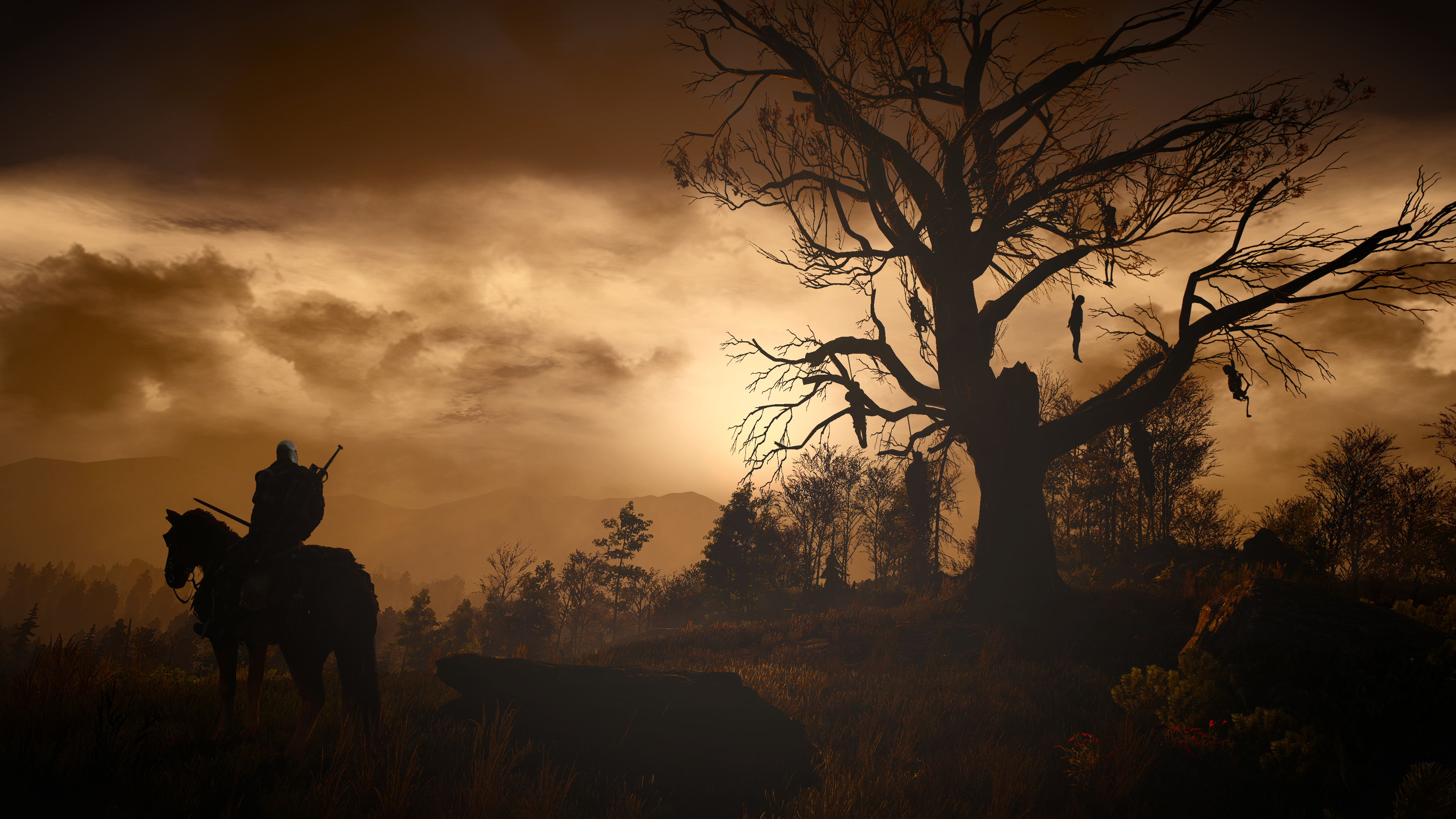When my mother got very ill in 2007 I spoke to hear a lot about family. She shared a lot of things with me that she had never shared before; about our family, about our heritage, about her upbringing, and some of the troubling things she had to endure. Some of the things she shared explained some of her very fundamental traits. What was remarkable is how aware she was of how the damage she sustained had influenced her attitudes and behaviours.
Life has not always been kind to my mother. Part of that unkindness was because my grandmother had been ill-equipped as a mother due to life being unkind to her. My grandmother did the best she could, given the post-world war circumstances she had to survive in. She made choices that, in hindsight were probably not the wisest, but she made them in order to survive. Stress makes your planning horizon shorter, and when the stress becomes institutionalised it turns into trauma, often locking you in that short term thinking. Her trauma impacted how she raised my mother the best she knew how, but like so many others who suffered trauma, could not keep herself from traumatising her daughter.
My mother’s life was not easy, but it was a hell of a lot easier than my grandmother’s. So the trauma, which was passed down from one generation to the other, became a little less. She was able to sooth some of the pain and heal some of the trauma and make better choices for herself. Better, but not always good. Her horizon expanded a little bit, when compared to my grandmother’s. She did the best hat she could in raising her children. She set me up with slightly less trauma, to make slightly better choices and therefore a slightly better life.
It is undeniable, however, that I have traits and display behaviours that are dysfunctional, which I can trace back to my mother’s dysfunctions, which in turn I can trace back to my grandmother’s dysfunctions, which in turn are linked to the things she had to do (the person she had to become) during the war. This is what I understand to be generational trauma. With a bit of luck you can diminish it with each generation, but if you are not that fortunate, you pass it along to, or even exacerbate it for the next generation.
Two weeks ago one of my friends, a person I have known for decades, made a heartless comment when we were discussing the Netherlands considering apologising for their role in the transatlantic slave trade. He mocked the idea that such a move would make any difference and cynically joked that he wanted an apology for WWII. At best he suggested that generational trauma does not exist, at worst he suggested that even if it did exist, he wasn’t suffering from it (which I doubt) and therefore nobody should be.
He’s well aware of me, my life and I’ve shared things with him about my family, their struggles and my own. His comments and callousness really hurt me and I’m not entirely sure what to do with that.


